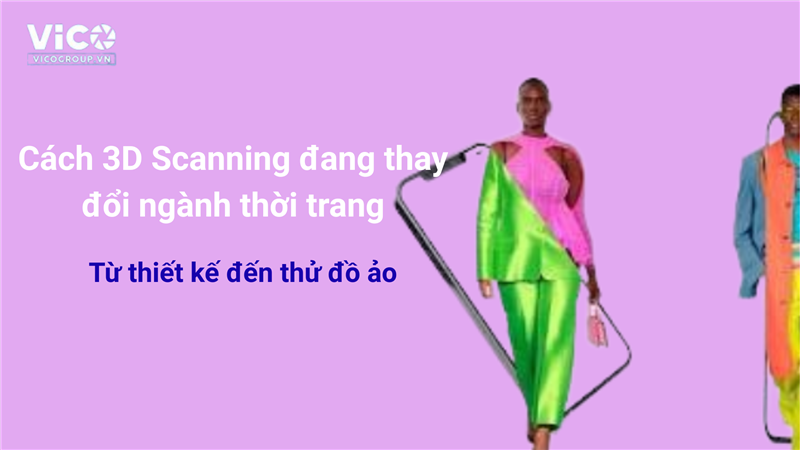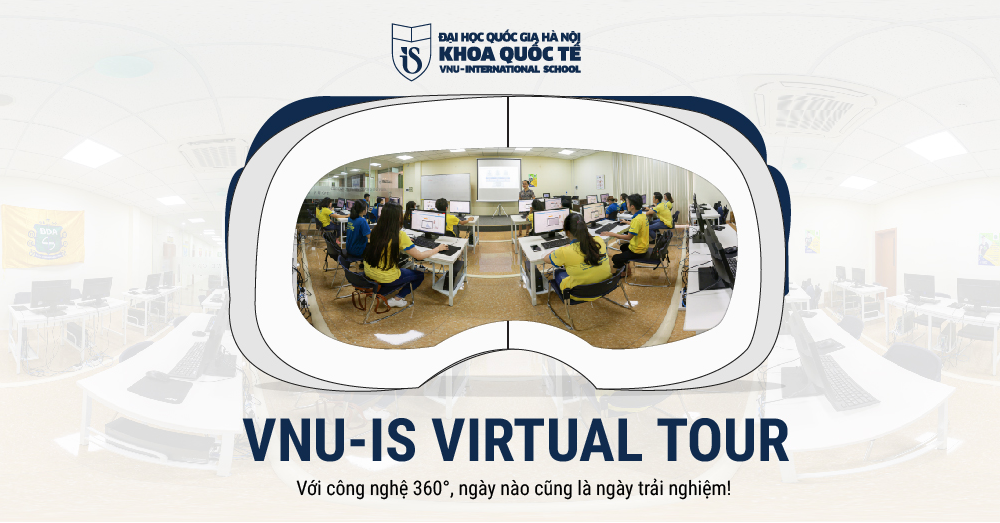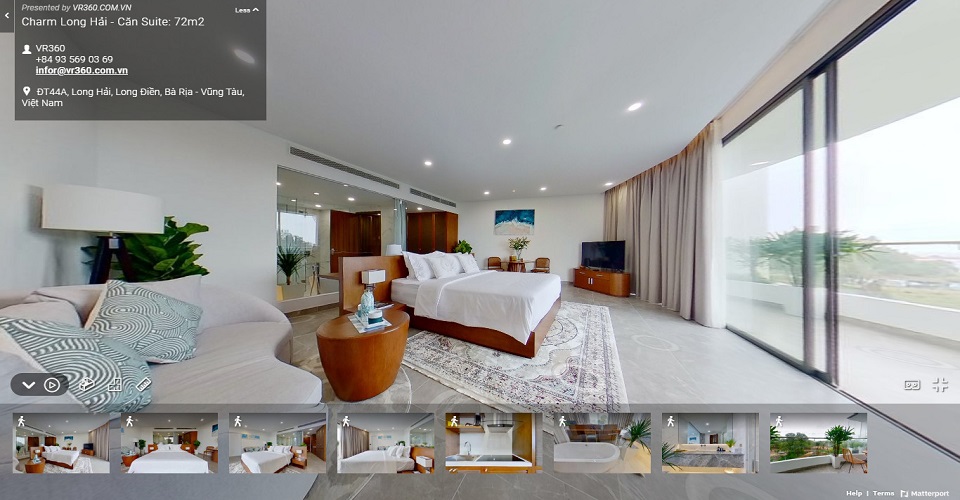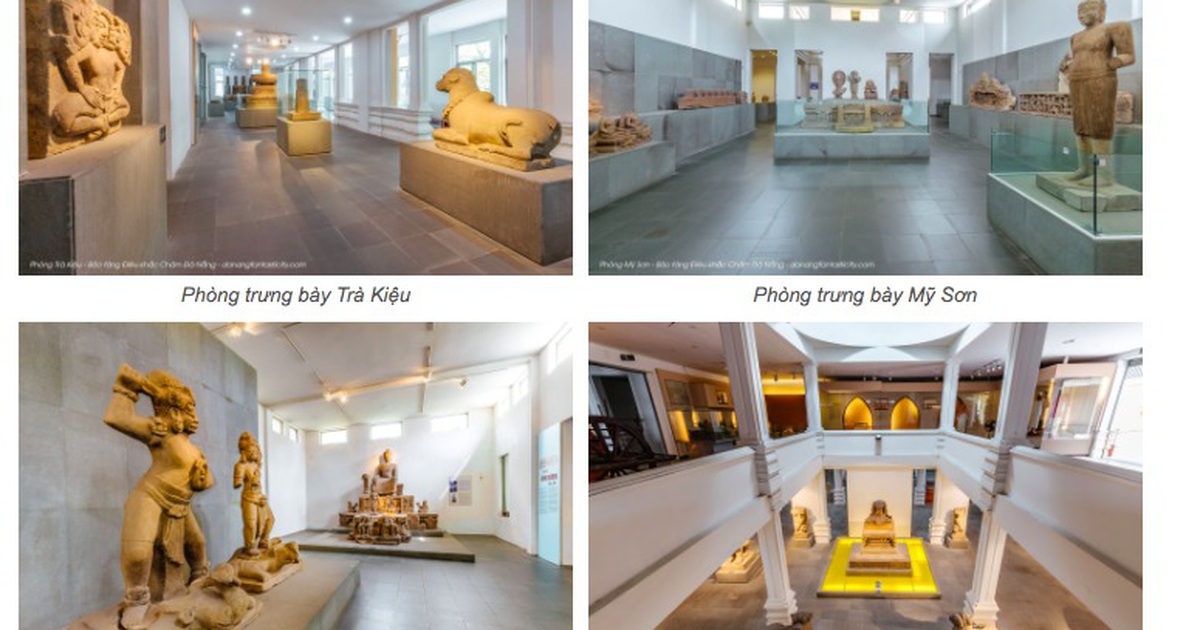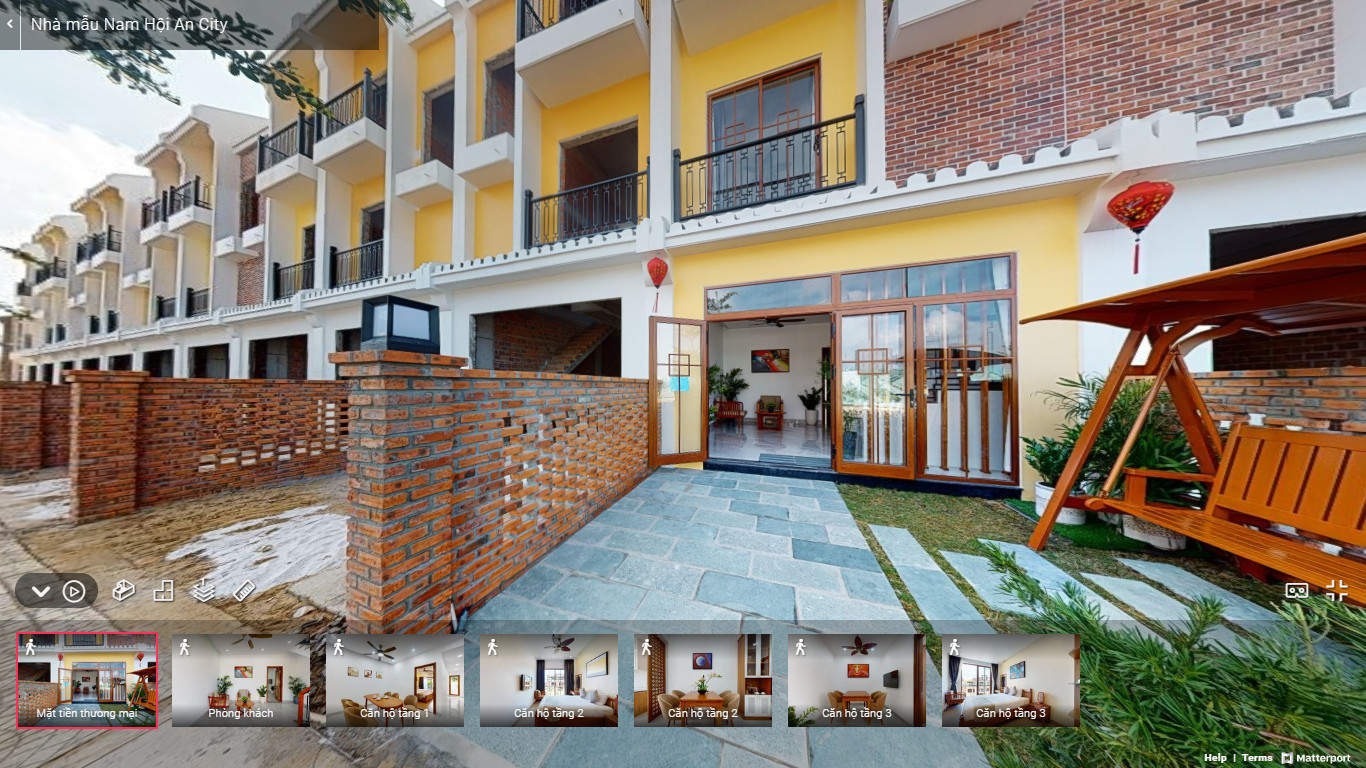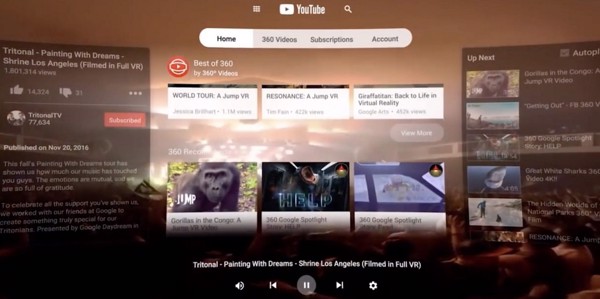SETTING UP A FOOTAGES VIDEO 360 SHOOT
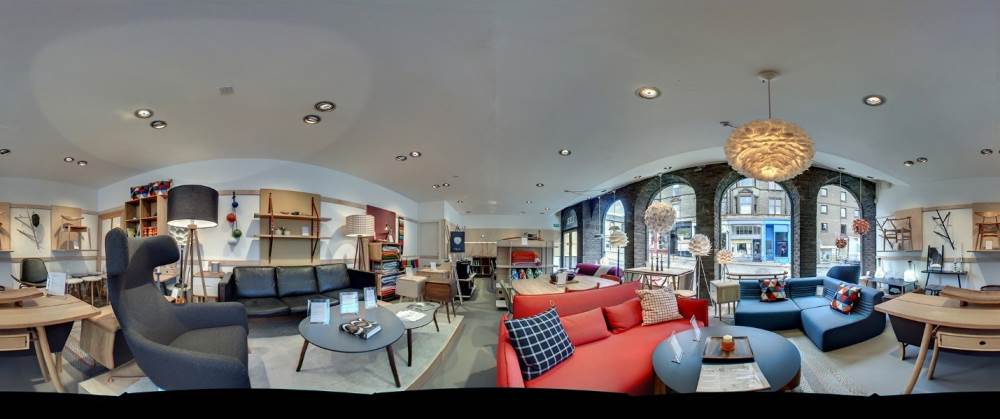
This stage strongly influences the video quality and user experience. A perfect shoot needs to be carefully set, especially with some aspects like camera rotation, stabilizer, lighting, sound, and timing. When you move the camera, do it stably and in a straight line without rotation. If the camera is accelerated, decelerated, panned, tilted or rolled, the viewer may feel nauseous. A tripod or monopod might be needed to ensure the stability during the shooting.
From the beginning of the shooting, it is noted to direct the viewers to the desired part without being too controlling. This requires a smooth coordination among the setting, lighting and sound.
How you position the camera also plays an important part in creating the scene. If the camera is improperly positioned, the scene will be less vivid. Holding the 360-degree camera will make the screen seem small while putting it on the floor will make the screen too big. The best solution is to position the camera at the eye level of a standing or sitting person.
See more: VIETNAM VIDEO 360 VR
QUẢNG CÁO BẰNG VIDEO 360 LÀ GÌ?
STITCHING THE IMAGES
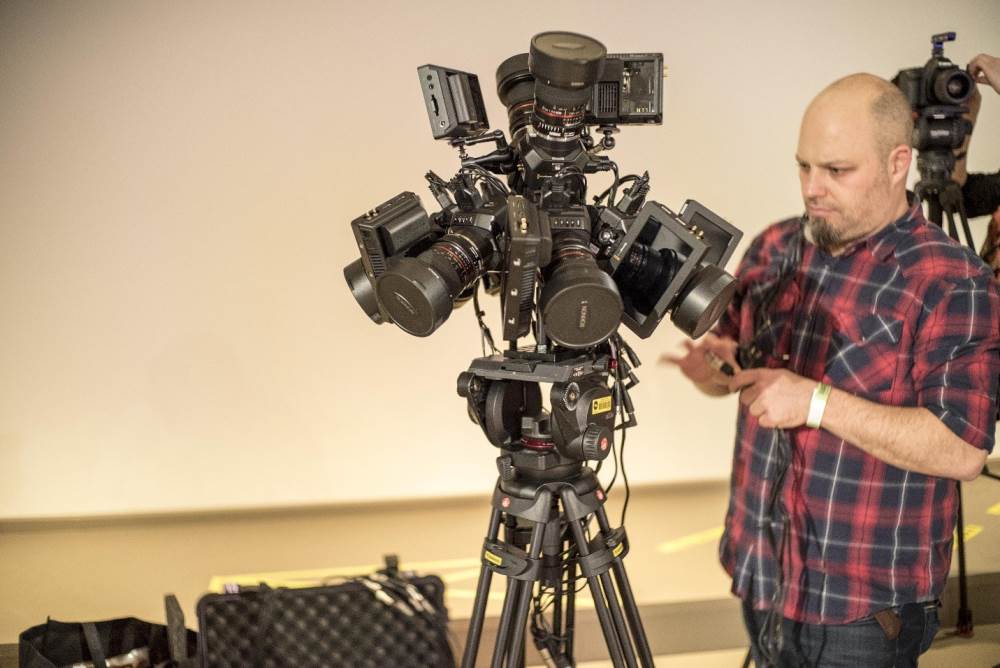
After collecting all individual recordings from each camera, a scene will be put together in a procedure called “stitching” to create a complete and vivid world.
While bringing the images of some camera together, you may see the stitch lines from each separate shot. Poor image stitching will make viewers confused and have no idea where they are. Sometimes, if a person is under the stitch line, his/her image can be distorted.
Therefore, it should be noted during image stitching that:
- Plan the scene around the stitch line. It is a good idea to avoid putting actors under the lines. However, it is difficult to plan for all images.
- Hide the lines by using objects like curtains, blankets, carpets.
- Avoid putting the focus around the lines.
- The stitch lines are clearer as they are clearer the camera so keep the lines far from cameras.
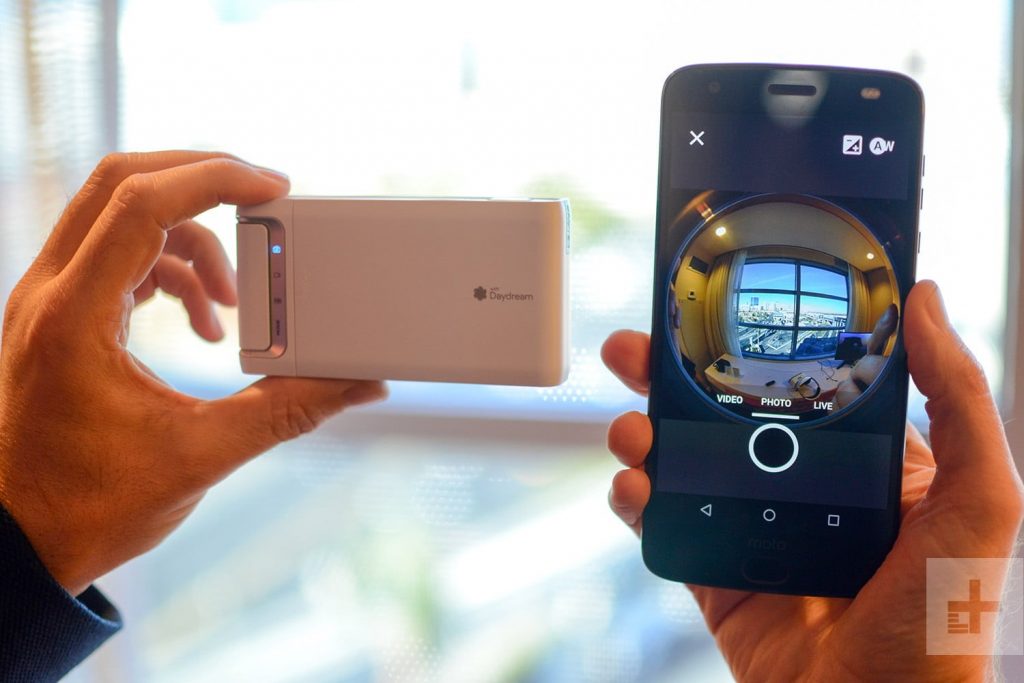
Although the users can control the viewing directions themselves in 360 videos, producers can direct their attention or observation using the signals of sound, lighting and even the actors’ eyes. Eventually, you will deliver the most immersive experience with your footages video 360 videos.

